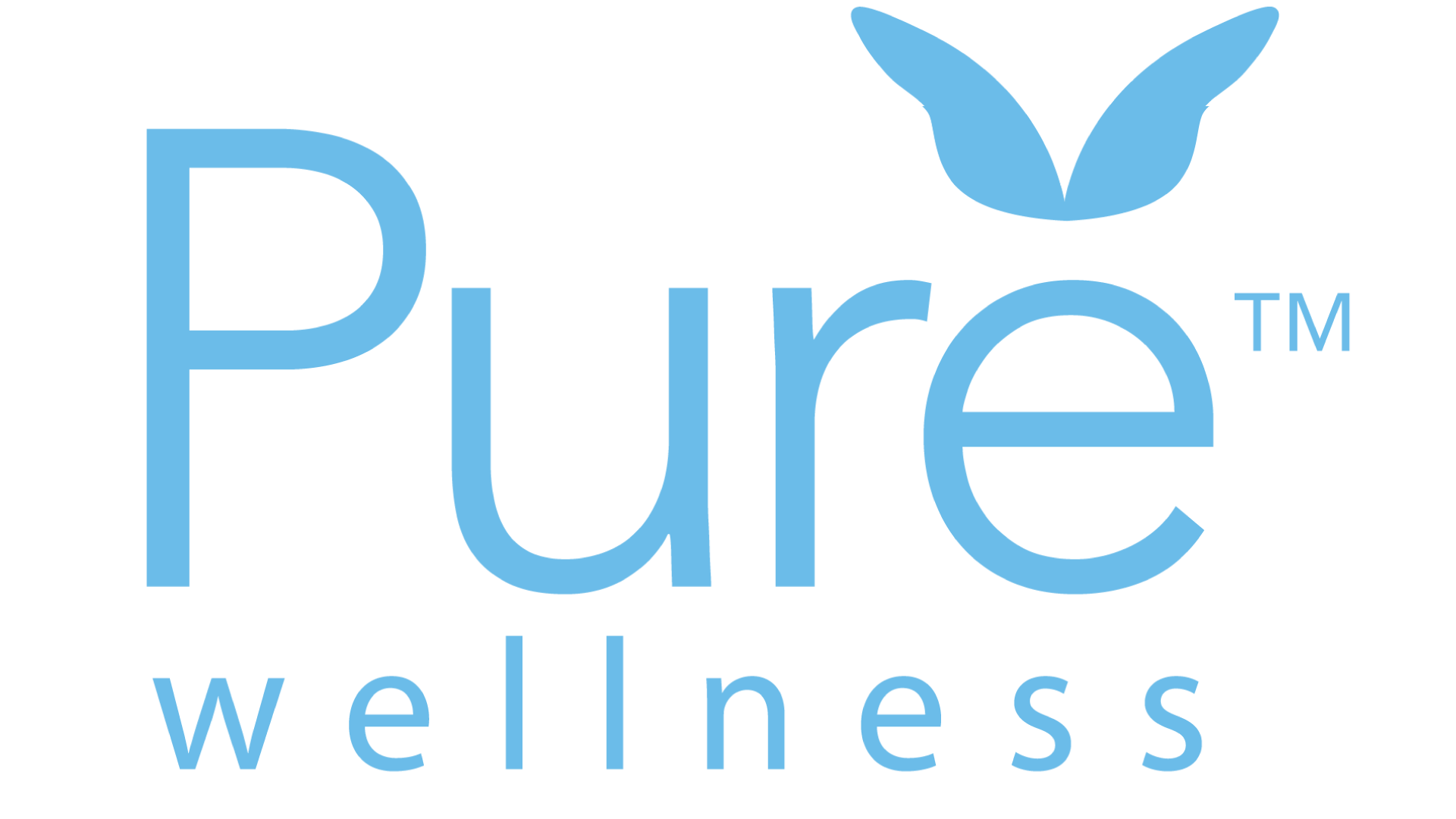The COVID-19 pandemic has shed light on the role that buildings play in supporting our health and well-being. Because we spend the majority of our lives indoors, the air we breathe in these environments is essential, not only because it can spread viruses and bacteria but also because it can lead to asthma, allergies and other chronic conditions.
To help address these issues, the International WELL Building Institute (IWBI) has developed a widely-used certification system for scoring buildings based on a comprehensive set of health criteria. These include air, water, light, noise, and building materials along with other factors. The goal is to develop standards that have a meaningful and measurable impact on the well-being of the people who occupy these spaces.
Currently, the IWBI standards are only applicable to office buildings and commercial properties, but the organization is looking to expand its certification to include schools, retail spaces, restaurants, and other types of buildings. The IWBI also wants to develop these standards for new construction homes, which is especially important considering that our homes are the place where we spend the largest percentage of our time.
The idea is for homebuilders to apply for the certification and have their projects rated with a WELL score. The home’s score could act as a selling-point for potential buyers along with conventional considerations like price, size and location. An independent, third-party rating system would ensure this data provides buyers with objective and reliable information on how a new home will impact their lives.
Because of their experience with the COVID-19 pandemic, homebuyers are increasingly concerned with health considerations when looking for a place to live. In addition to indoor air quality, factors such as noise and light can affect everything from sleep and mental health to diabetes and heart disease.
The IWBI’s goal in creating WELL Building Standards for homes is not simply to sell a lot of certifications. Rather, by getting a large number of builders on board with the program, the organization wants to change the way the average home is built, regardless of whether or not it has a WELL score of its own. By providing clear information about a home’s health impact, these standards can help buyers make informed decisions to protect their health and wellbeing.

Submit a comment